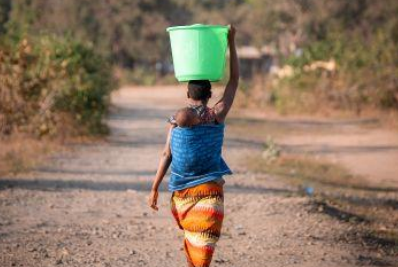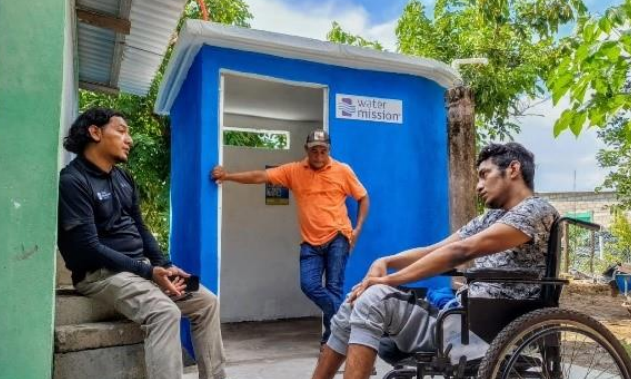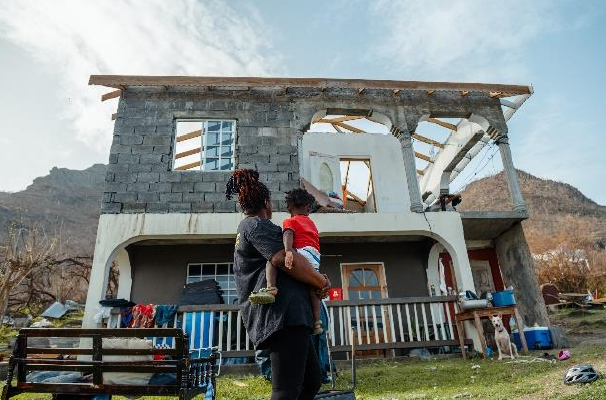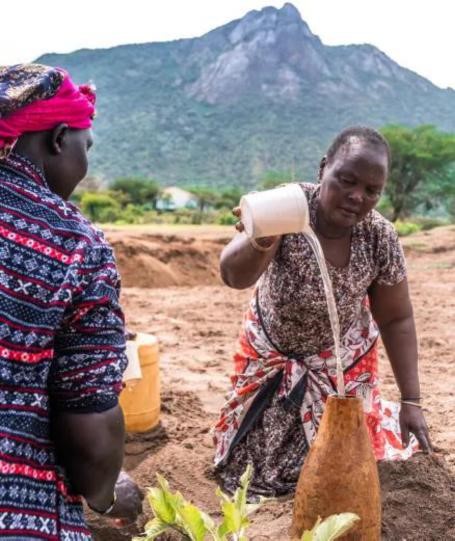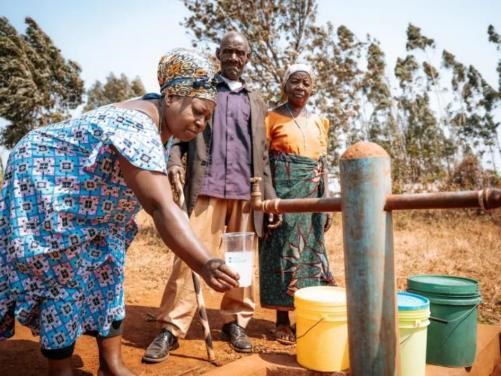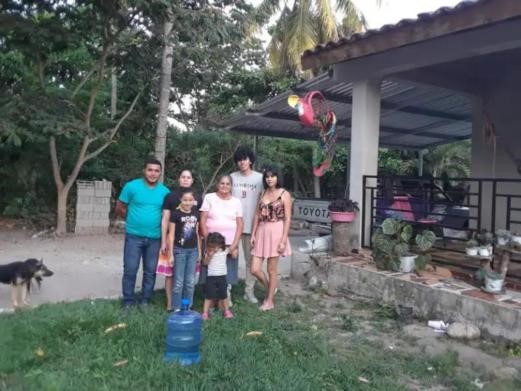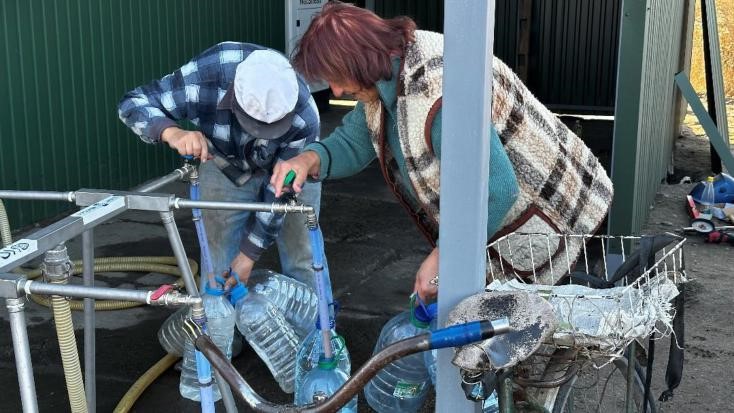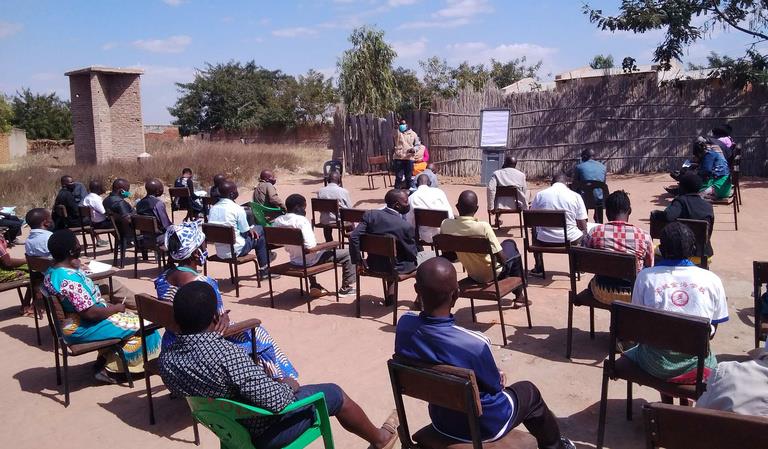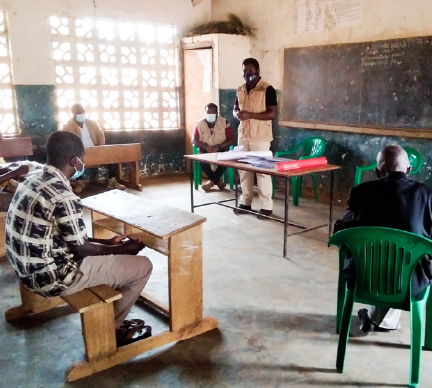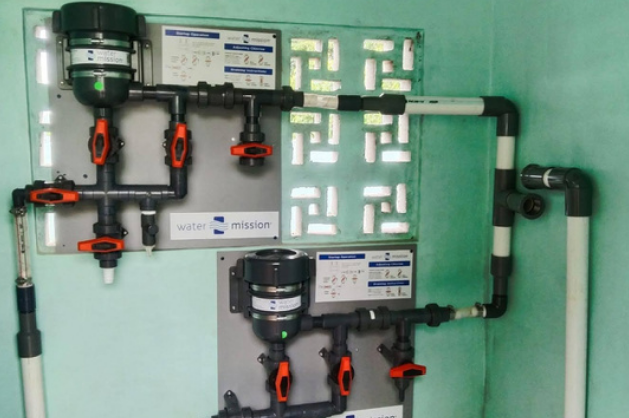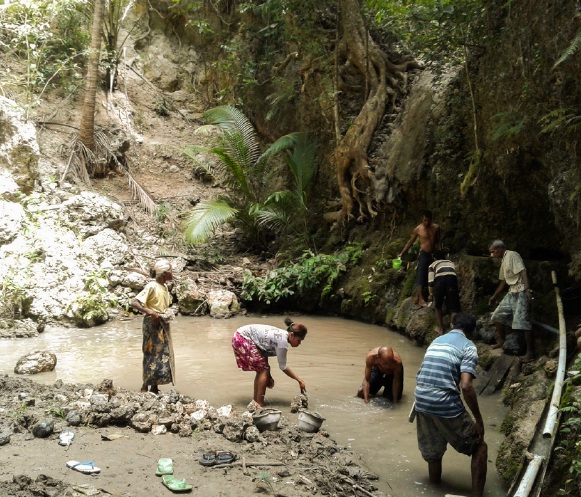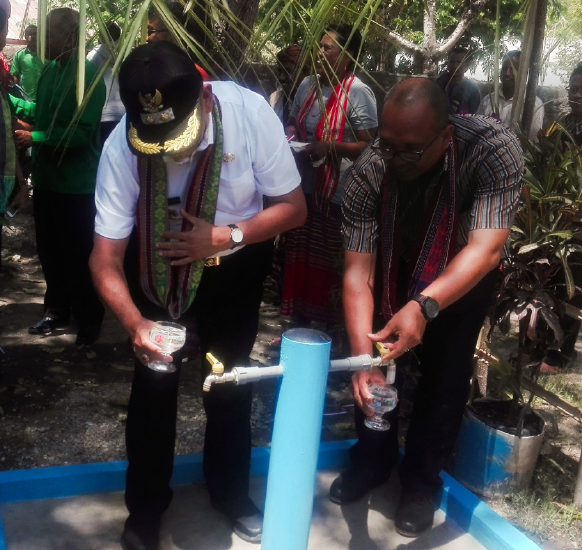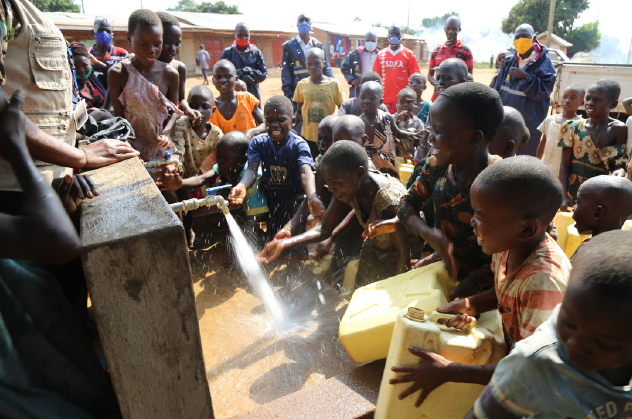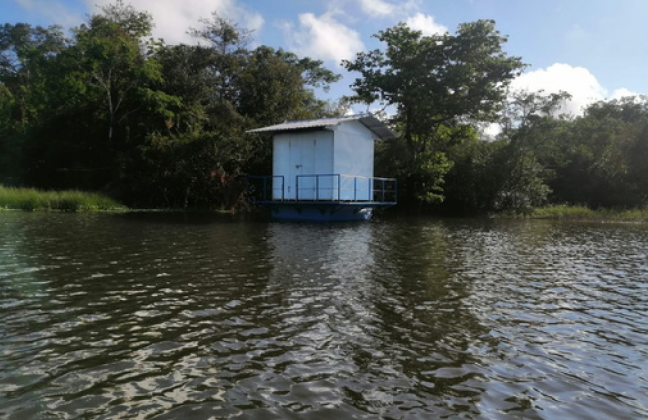Marumba, Tanzania – 9,864 people served
The safe water project in Marumba serves nearly 10,000 people, as well as schools, churches, and the health clinic. Our solution sources water from a spring, treats it with an Erosion Chlorinator, and uses solar-powered pumping, 15km of piping, and 18 access points.
Mothers around the globe dream of raising healthy children but trying to do so without access to safe water is challenging. Contaminated water sources cause water-related illnesses that take the lives of more than 800,000 people each year, with children under age five among the most vulnerable. In Marumba, Tanzania, many mothers like Asella understand this struggle. Asella spent much of her life walking long distances to collect water, yet the only water available was unsafe. Her children were often too sick to go to school. As a parent also caring for her aging parents, it was hard for Asella to leave home and earn money to support her family. “It was so difficult in those days without safe water,” shared Asella. “My children were sick all the time with worms and stomachaches.”
When Water Mission began a safe water project in Marumba, it transformed the lives of Asella and everyone in the community. Using solar power, water is pumped, treated to remove contaminants, and piped to tap stands throughout Marumba. Now clean, safe water is close to home and accessible to the nearly 10,000 residents. Safe water has not only meant better health, but also major economic improvements. The time people spent collecting water can now be used for going to school or running small businesses. The money they spent on medicine to treat water-related illnesses, they are now investing in the future.
“Now there are changes since safe water is available,” shared Asella. “People are no longer sick with worms and stomachaches. Even the hospital patients aren’t there for water diseases anymore.” Asella’s children are healthy and going to school. Asella’s mother and father are healthy enough to walk to the nearby tap stand and collect water themselves. With more time and the freedom to leave her parents at home, Asella can go to the marketplace and earn an income selling clothing, soaps, salt, and lotions. Her small business helps support her family and pay for her son to attend a university. Asella has become a community leader and health promoter. Having water close has also improved their standard of living and given them hope. Homes were formerly made with tree trunks, mud, and grass. With water now available in the community, bricks can be made to construct homes, providing safer and more secure structures.
“Before, we had crowded rooms with five or six people in a room,” recalled Asella. “Now, a home can have a children’s room and a parents’ room. Before, we had to go somewhere and relieve ourselves, just digging a hole anywhere. Now, we can make bricks and build a standard latrine at the home.” “Thank you for the safe water project,” said Asella. “It was a challenge before. The safe water has changed our community.”
